All Blogs, Priming and Protecting
Which Primer for Wood, Walls and Ceilings?
When you think of primer, the first thing that comes to mind is probably not a home. But what many people don’t know is that primer can be an essential part of any home renovation. Primer for wood, walls and ceilings can help prep your surface for the best finish possible.
These products are available in both latex and oil-based formulas and can be used on all three surfaces in your home. Primers ensure that the new paint or stain you plan to apply will look good and last longer than it would without primer as a base coat. The type of primer you use depends on the surface you’re working with, as well as your personal preference regarding the smell and ease of application.
Let’s take a closer look at which types of primers are best for different surfaces in your home.
Which primer for wood, walls and ceilings? We’ve already covered metal primers in our blog here, so this one is dedicated to primer and undercoats for wood, walls and ceilings.

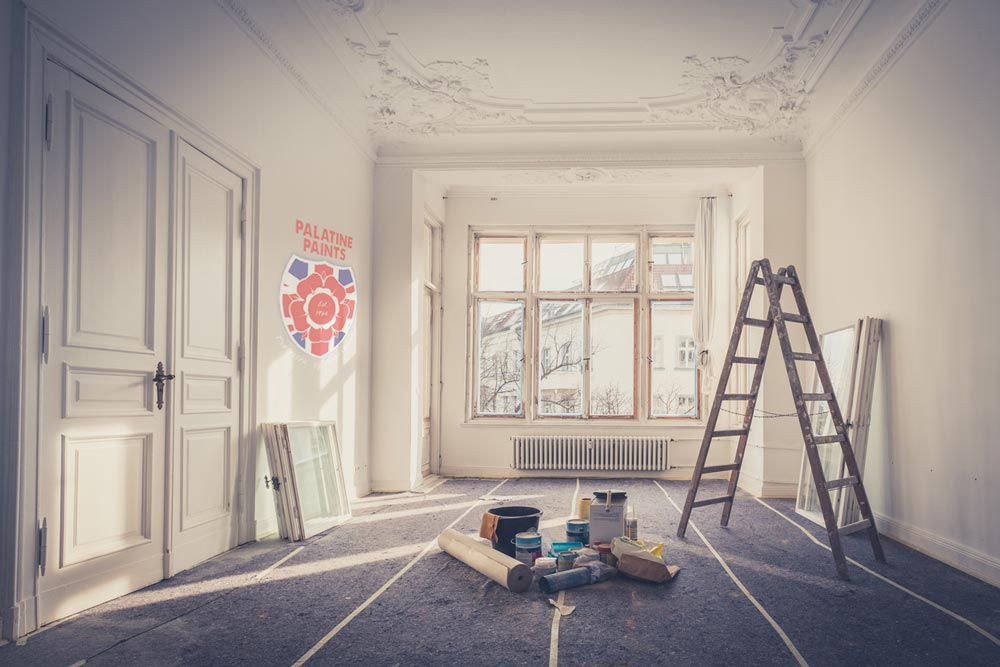
An undercoat acts as a base layer for your surface ready for its finish coat. So it will provide neutral canvas in terms of colour or providing a smooth base, covering minor inconsistencies. Primers on the other hand can act as:
- a binding medium for subsequent coatings
- a corrosion preventer or rust inhibitor in ferrous metals
- a seal on porous surfaces
- a protection for surfaces prior to painting
- an adhesive mechanism to allow top coats to adhere to non-porous (shiny etc) surfaces
- a barrier between the surface and finish coat, for example were surface is heated (such as hot water pipes)
- a seal for surfaces (especially in wood) to cover stains and prevent bleed-through of subsequent top coats
- a barrier where a surface has chemical properties (such as high alkaline content) which might react and affect application of the top coat
Which Primer or Undercoat do I Need?
- Your surface – what it’s made of
- Whether it has been painted or treated previously
- The quality of the surface
- What you hope to apply as a finish coat
Wood Primers
Wood almost always needs a primer unless the surface is in good condition and has been previously painted. In this case you can usually get away with a light sanding and then overpainting with a similar finish coating. Bare or new wood (that hasn’t previously been painted) is highly porous, so a primer is necessary to seal it before applying paint. A primer will also prevent moisture from getting into the wood and will mask any knots. Tannins present in new wood can seep through paint, as can stains in previously painted wood, so again, primer helps to avoid this. The type of wood you’re planning on painting may absorb a primer in different ways as hardwoods and softwoods have different properties. In terms of primer, treat surfaces like chipboard in the same way you’d treat softwood.
When to Use Palatine Paints Wood Primers
Our All Purpose Primer/Undercoat is solvent borne and can be used on most bare, new and previously painted woods. It is not suitable for painting onto MDF. It is suitable for both interior and exterior use. Oil based primers like this are great for sanding and providing a smooth surface to paint onto.
Trucryl is our acrylic primer which is water based, fast drying and suitable for both non resinous softwoods and hardwoods. It too serves a dual primer and undercoat purpose. Acrylic/Water based primers are generally not suitable for exterior use and are sometimes difficult to sand.
Aluminium Wood Primer is a resin based coating for both interior/exterior wood and is self knotting. Use on hardwoods, resinous woods and wood that’s been treated with preserver. It’s good for sealing creosote, bituminous and nicotine affected surfaces to prevent ‘bleeding’ through of subsequent top coats.
How to Apply Wood Primer to Bare or New Wood
Although it might look smooth, always sand new or bare wood before priming. Follow the direction of the wood grain, if you sand across the grain you risk damaging the fibres of the wood and your surfaces will not be smooth. If there are obvious knots, seal them with a knotting solution or an aluminium primer depending on the type of wood.
Paint doesn’t soak into knots in the same way as the rest of the wood. Knots can also leak sap which may penetrate subsequent paint coatings and look unsightly.
Apply your wood primer (or dual purpose primer/undercoat) with a brush or roller in smooth strokes and allow to dry before sanding then apply further coat if needed.
Once dry, apply undercoat or your top coat if you’ve used a dual undercoat/primer.
Which Top Coat for Wood?
While gloss may seem like the obvious choice, satin or matt can be highly effective. Decide what you kind of look you want to achieve. Look around on sites like Pinterest and Home Building for design ideas.. We can supply gloss, satin or matt in virtually any colour, so get in touch with us if you’re stuck or unsure.
Priming Walls and Ceilings
Thinking of freshening up interior walls or ceilings that have already been painted?
You may not need a primer or undercoat at all (but see the new/bare plaster section below). Colour matters however, so if you’re planning on a dramatic colour change then apply a similar colour undercoat first.
If you don’t you will end up needing far more layers of top coat than necessary. Similarly if you are changing the finish from silk to matt, a primer/undercoat like our all-purpose one, will help with application of the top coat.
Stained walls and ceilings will also need priming before over painting with emulsion. Ask your supplier which primer you need depending on the type of stain.
New or Bare Plaster Walls and Ceilings
If you are painting new plaster it will need to be undercoated before applying your top coat. Usually you can get away with a watered down emulsion or use a specific undercoat. Make sure new plaster is COMPLETELY dried out before you think about applying any kind of coating. Fresh plaster can take weeks or even months to dry properly. A moisture gauge might help you here. Once dry, apply your watered down emulsion or undercoat; the plaster will absorb the paint easily and dry quickly so be sure to brush out any drips as you’re going along.
Which Top Coat for Plaster Walls and Ceilings?
Emulsions are best for plastered walls and ceilings, or for painting over lining paper etc. Matt or silk are the usual finish choices; matt can give a rich, slightly velvet-looking finish, while silk reflects the light a little and tends to be easier to wipe down.
Conclusion
Primer is an essential part of any home renovation project. It can help prep your surface for the best finish possible. Primers are available in both latex and oil-based formulas and can be used on all three surfaces in your home.
The type of primer that you choose depends on the surface you’re working with and your personal preference regarding the smell and ease of application.
Not sure how much you need? Measure your room and ask us when you order or pop in, we’ll do the rest!
You can contact us via the following:
Email: [email protected]
Call Us: 01942 884 122
Contact form: https://www.palatinepaints.co.uk/contact-us
Live Chat Service: Press the small blue icon at the bottom left of your screen.



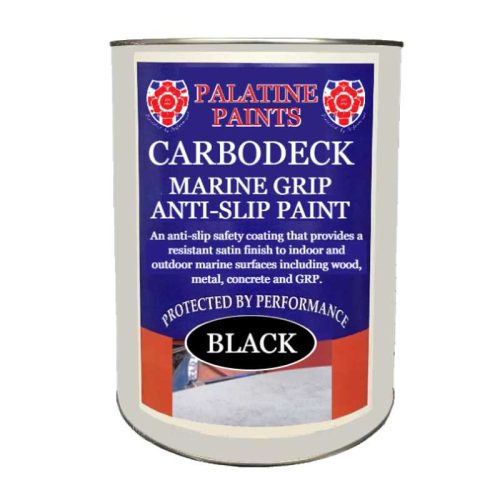





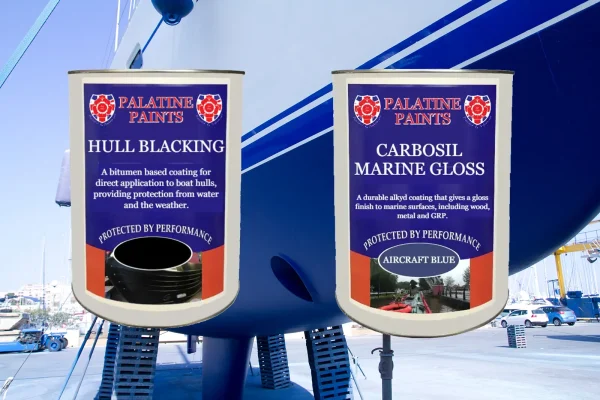
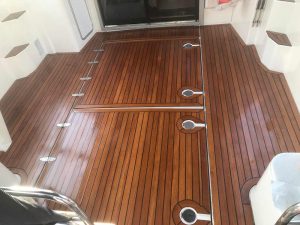
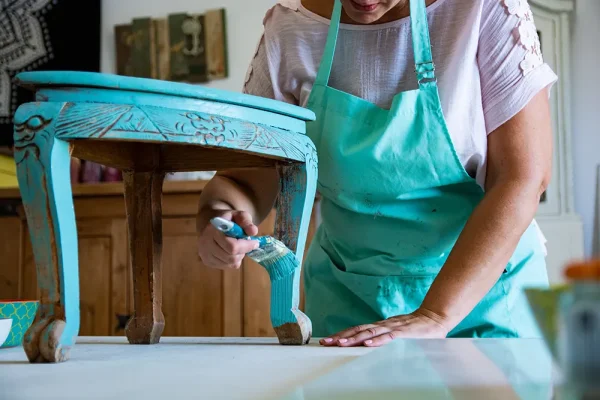

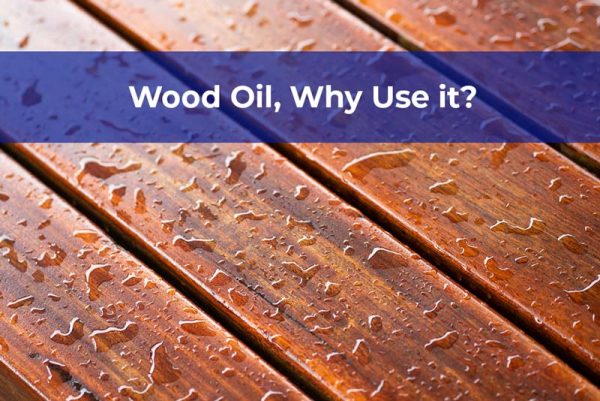

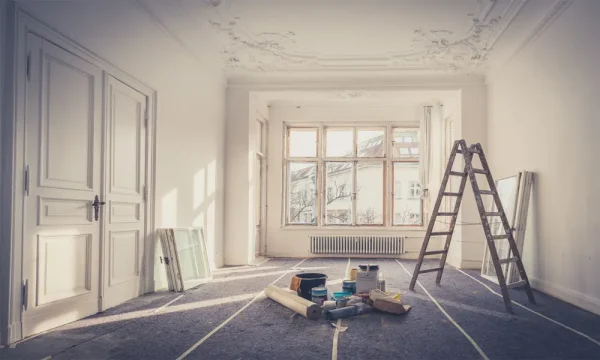


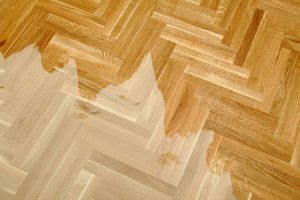
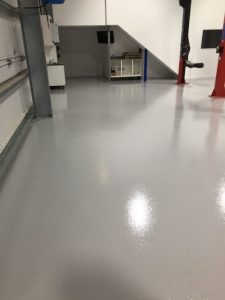
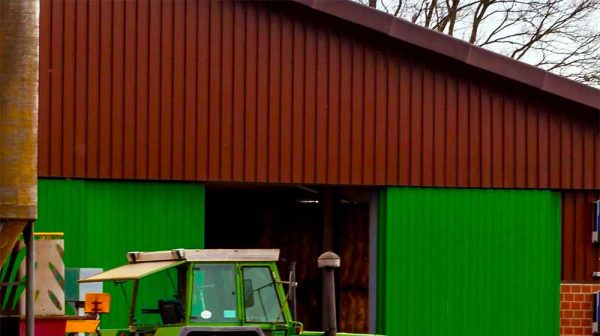

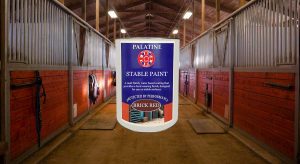
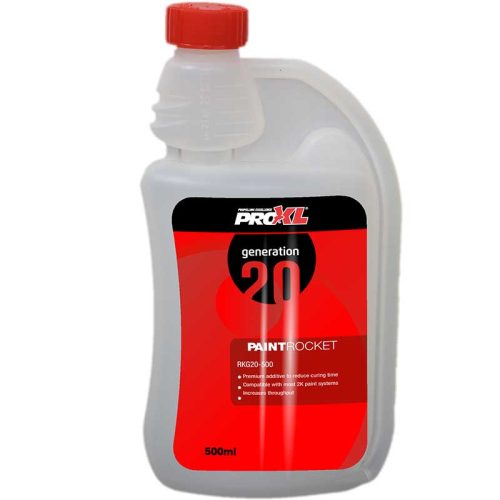









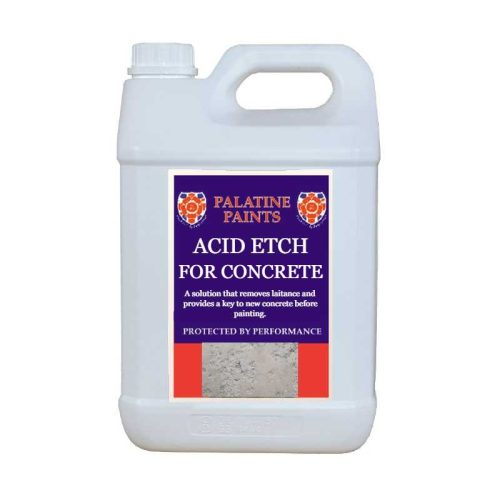
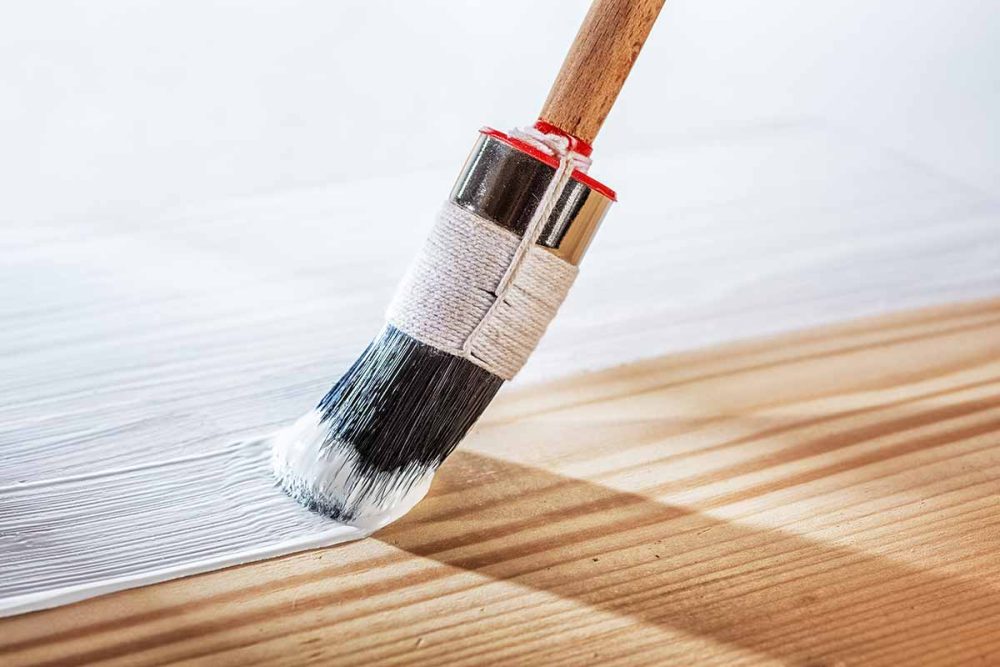
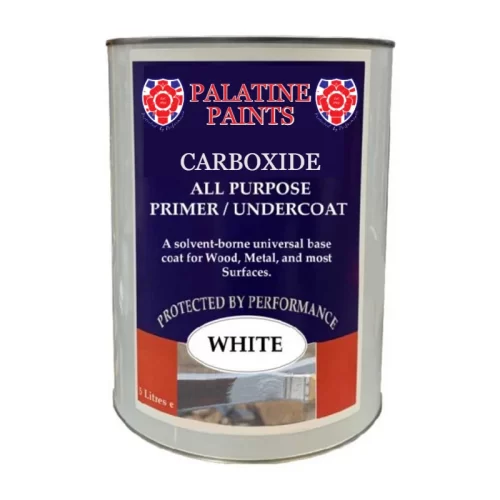
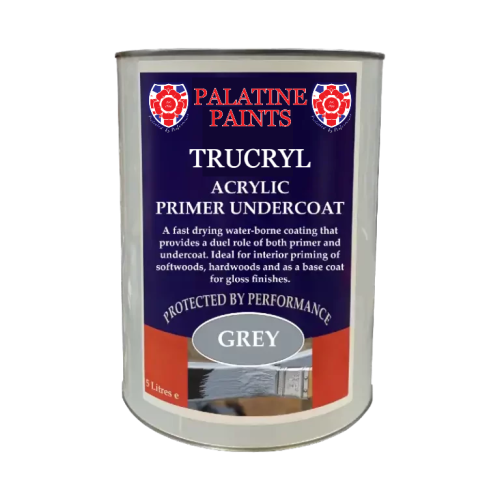



Choosing a quality primer for your wood walls and ceilings is important but it can be difficult. Thank you very much for sharing this post here. It is actually helpful and great to know about. Keep up the good work!
Floor Land Laminate Flooring Warrington